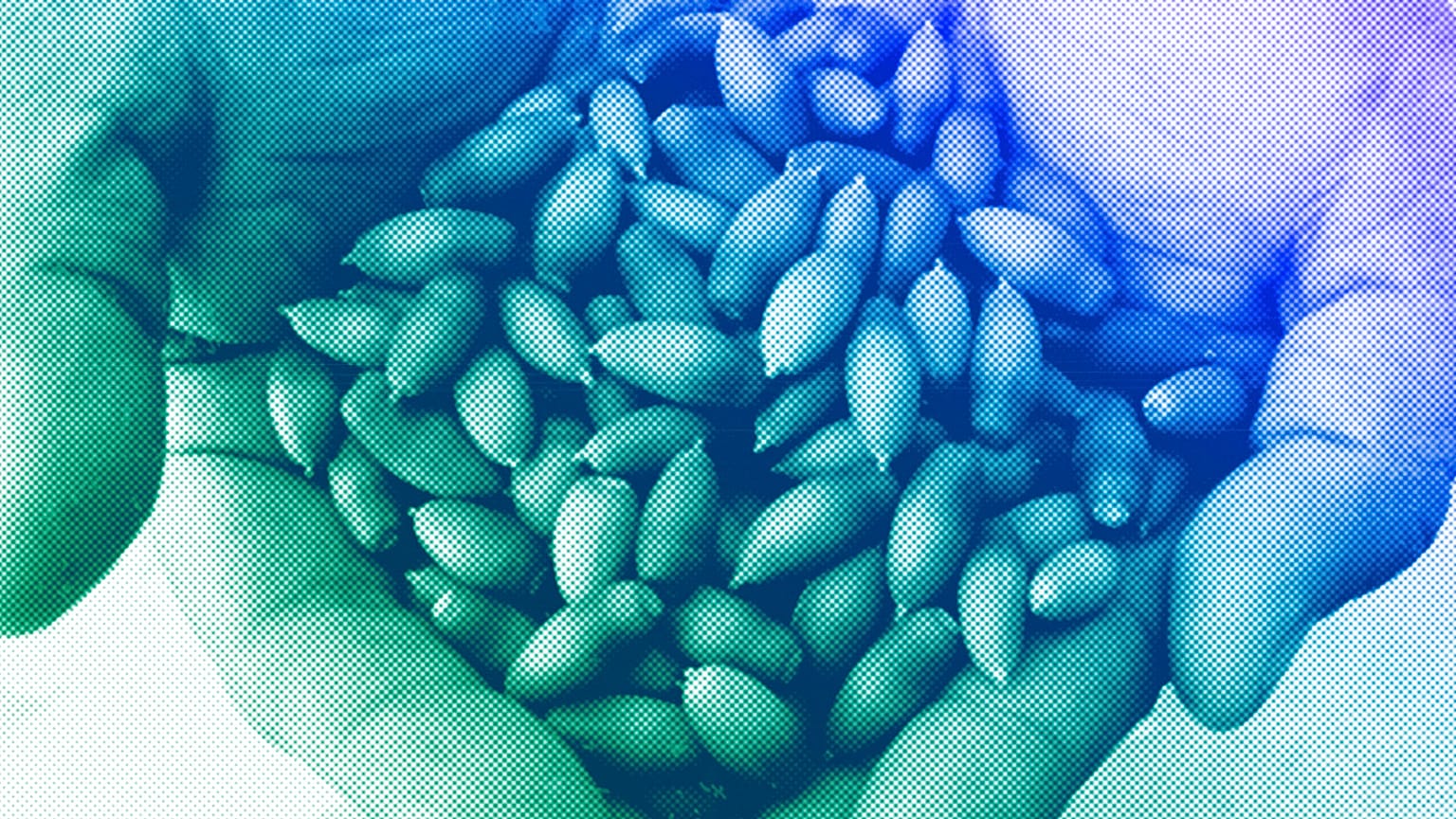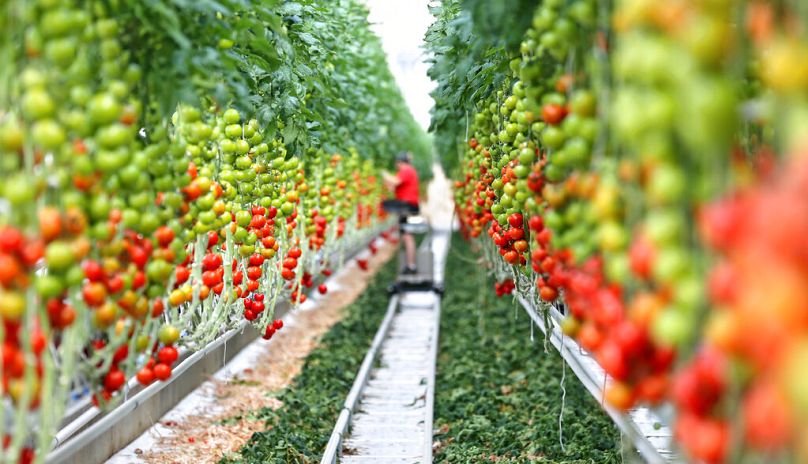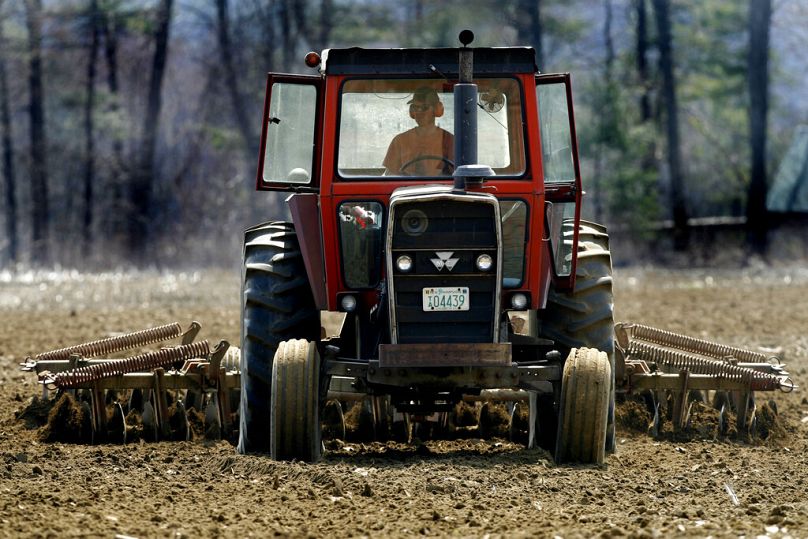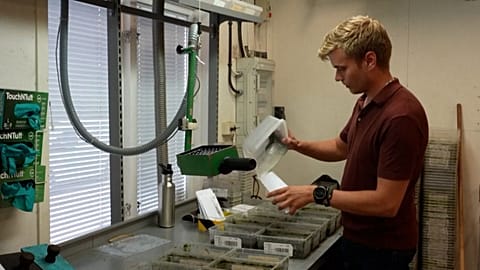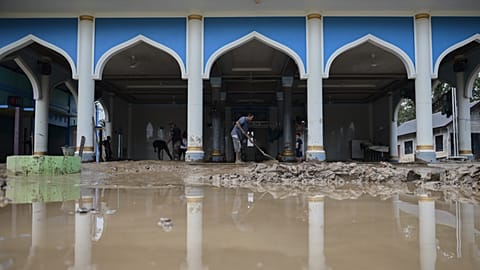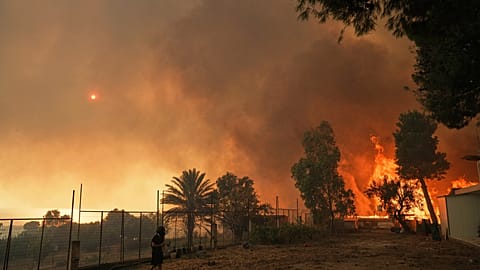By collaborating more closely together, the public and private seed sectors can unlock new, creative solutions that may, in fact, deliver the goal of ending hunger against all odds, Michael Keller writes.
The $7 billion (€6.4bn) pledged at the recent COP28 climate talks for transforming global food systems was a clear indication that governments and philanthropists recognise the urgency of the climate crisis and its implications for food security.
The funding will go some way towards delivering the goals of the Emirates Declaration on Sustainable Agriculture, Resilient Food Systems and Climate Action, supported by more than 159 countries.
It will also help fill the investment gap in science and innovation for solving the complex dilemma of sustaining the population without harming the planet.
But investment is only one piece of the puzzle. In discussions about transforming food systems, the role of seeds is largely missing and this is a serious oversight.
No agricultural input is more impactful in building climate resilience than seed itself.
Seeds need funding to thrive, too
Too often, the biggest challenge is in scaling up seed innovation and getting it to millions of smallholder farmers.
Achieving the necessary improvements in crop productivity by 2030 and beyond, therefore, needs creative and collaborative partnerships that leverage the best of both public and private sectors and scale up existing initiatives.
When it comes to advancing the latest climate-defying crops and ensuring that smallholder farmers have access to these improved seeds, the public and private sectors play complementary roles.
In the first instance, deploying agricultural innovation at scale certainly needs sustained and significant funding, which cannot be delivered at the levels required by either the public or the private sector alone.
Clearly, industry can mobilise additional financing — and often more rapidly — that reinforces public investments made by governments and development agencies.
Some estimates believe the private sector could close more than half the $2.5 trillion (€2.29tn) annual funding gap needed to achieve the UN’s Sustainable Development Goals, including ending hunger.
The private seed sector, for example, invests $10bn (€9.17bn) yearly in research and development for more than 80 crops.
Pooled investment can help ramp up end-to-end crop breeding programmes to develop at pace new varieties that better contend with higher temperatures, water scarcity and new pest threats.
Increase in crop productivity is possible
Secondly, the public and private sectors offer different forms of expertise and knowledge, which, when shared, can fill the gaps in the innovation pipeline to ensure seeds are improved and adapted in line with the unique needs of farmers, particularly those in developing countries.
Publicly funded research, such as that carried out by CGIAR, plays a vital role in delivering science that serves global goals such as reducing food insecurity and poverty without the burden of commercial pressures.
The private seed sector, on the other hand, can complement and extend this work to ensure last-mile delivery by getting these improved seeds to market and ensuring a steady supply.
Seed companies collect practical insights through regular contact with farmers, retailers, traders, and processors. This market intelligence then translates into focused breeding goals to tackle specific climate-related challenges.
Vegetable breeding, for example, is highly segmented and as a result, there are thousands of innovative tomato varieties in the market, which maximises the chances of farmers finding a variety that thrives in their localised conditions.
Given that one of the goals of the new roadmap produced by the UN’s Food and Agriculture Organization (FAO) is a 2.3% increase in crop productivity in low-income countries by 2050, the global crop sector must work together to achieve sustainable intensification and market delivery.
We know this is possible. Yields of primary crops increased globally by 50% over the last two decades despite the loss of 130 million hectares of arable land. This is the kind of ambition we reflected on when we launched our newly signed partnership with CGIAR.
Finally, both public and private sectors have valuable access to key actors, from national research institutes to seed associations, that compounds the value that each offers independently.
Give seed its rightful place
The seed sector can unite the industry around pre-competitive issues to support long-term sustainability.
This is the aim of the Seed Resilience project recently launched in Rwanda, one of the signatories of the Emirates Declaration, with the non-profit Fair Planet.
Through trials of improved, certified crop varieties, the project aims to identify the best of the latest seeds to offer Rwandan farmers the greatest choice and chance of yield improvements despite the challenges of climate change.
Public and non-profit partners will then provide training in good agricultural practices to optimise the benefits of using improved seeds.
The Seeds-for-Food Coalition, a public-private-civic partnership, is another initiative that will mobilise actions on inclusive seed systems.
Transforming food systems around the world to ensure no one is left behind in the race to net zero needs sustained funding but it also needs all parties to embrace new ways of working.
The next climate talks are in less than a year. Until then, policymakers must give seed its rightful place in the discussions on food systems transformation and climate action.
And by collaborating more closely together, the public and private seed sector can unlock new, creative solutions that may, in fact, deliver the goal of ending hunger against all odds.
Michael Keller serves as Secretary General of the International Seed Federation (ISF).
At Euronews, we believe all views matter. Contact us at view@euronews.com to send pitches or submissions and be part of the conversation.















